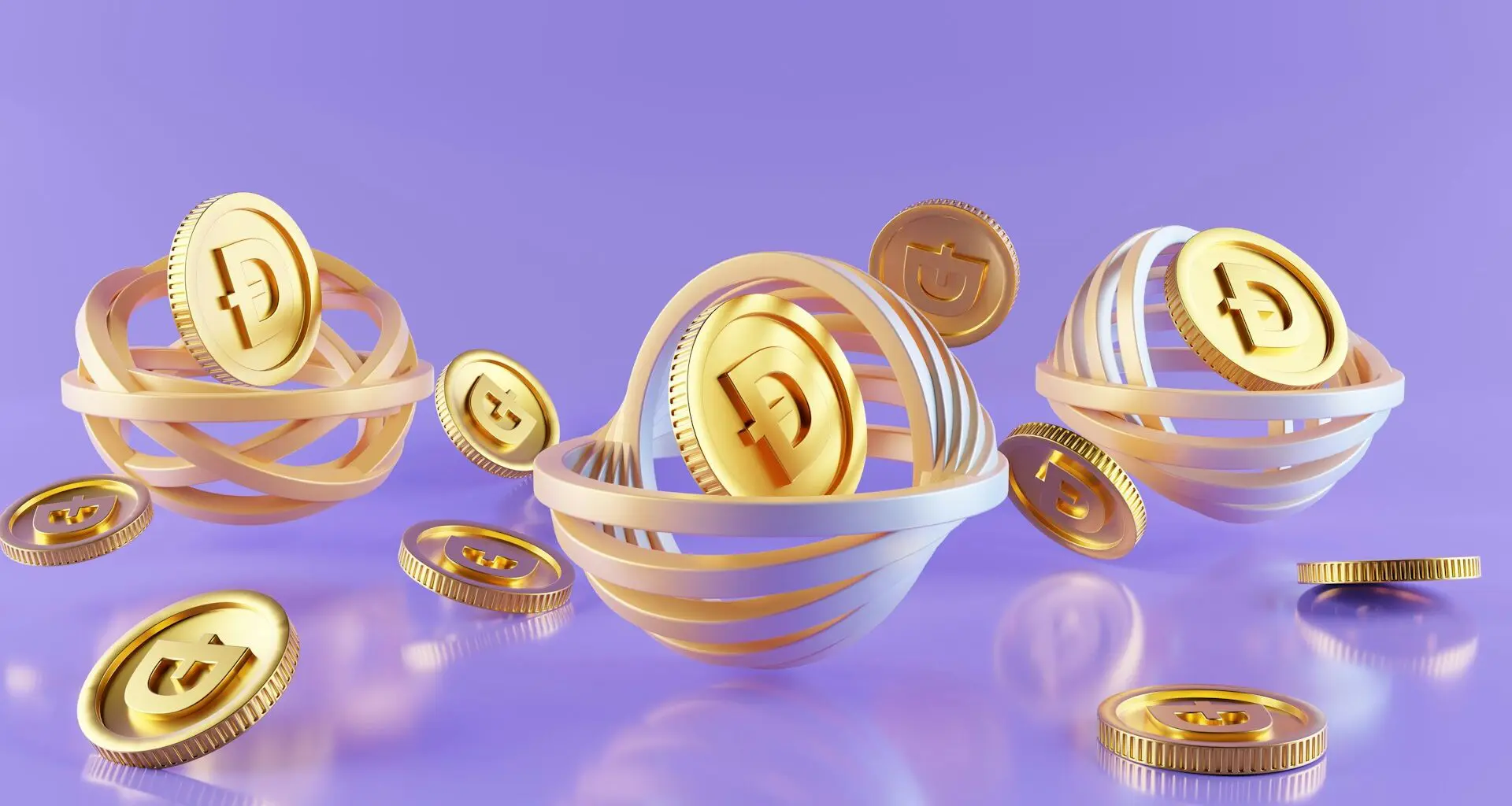The allure of potential profits in cryptocurrency attracts both legitimate projects and nefarious schemes. It’s crucial to learn how to separate promising ideas from fraudulent coins designed to steal your investment. This detailed guide will equip you with tools to critically evaluate crypto projects and minimize your risk.
Red Flags of Cryptocurrency Scams
- Exaggerated Claims and Guaranteed Returns: Crypto scammers love to promise outrageous returns, often within impossibly short timeframes. The golden rule of investing applies even more strongly here: if the claims seem too good to be true, they absolutely are. Legitimate projects acknowledge market volatility and can’t offer guarantees.
- Vague or Nonexistent Whitepapers: A whitepaper is the backbone of any serious cryptocurrency project. It outlines the coin’s purpose, technology, token distribution, and development roadmap. A poorly written, nonsensical, or missing whitepaper suggests that the project lacks substance and aims to capitalize on hype.
- Anonymity and Obscure Development Teams: Trustworthy projects proudly showcase their team’s expertise and track record. A lack of transparency about the developers is a massive red flag. Verify the team’s professional profiles on sites like LinkedIn to make sure the touted experience is actual.
- Over-Reliance on Marketing and Celebrity Hype: While legitimate projects use marketing, scammers focus on aggressive social media campaigns, paid celebrity endorsements, and creating artificial buzz. Be skeptical of projects whose promotional efforts drown out technical discussions of their goals.
- Pressure Tactics and ‘Limited Time Offers’: Creating a false sense of urgency is a scammer’s trick. Ignore time-sensitive “discounts” or claims that you’ll miss out on an opportunity. Reliable investments don’t need to use time pressure.
How to Protect Yourself
- Deep-Dive Research: Don’t buy a coin with only a cursory glance at the website. Deeply examine the whitepaper, look for independent reviews on crypto communities, and assess the project’s code quality (if you have the technical capacity) on sites like GitHub.
- Verify Liquidity and Exchange Presence: Reputable exchanges listing the token and strong liquidity (the ease of buying/selling the coin) are good indicators. Very low liquidity can signify a “rug pull” possibility (where developers drain liquidity and abandon the project).
- Understand Tokenomics: Examine the coin’s distribution – if a handful of people own majority shares, it opens the door for price manipulation. Reliable projects usually offer clear information about token allocation.
- Follow Trusted Sources: Rely on websites like CoinMarketCap or CoinGecko for reliable data and insights. Seek unbiased reviews on independent crypto platforms for additional perspectives.
- Listen to Your Instincts: If a project gives you a nagging feeling of doubt, err on the side of caution. Investing doesn’t always need to be about chasing quick returns.
Key Takeaways
- Never rush into cryptocurrency investing due to FOMO (fear of missing out). Scammers capitalize on this psychological tactic.
- Even experienced investors can fall for elaborate scams. Stay updated on evolving fraud tactics to remain vigilant.
- Cryptocurrency’s volatility carries inherent risk – never invest more than you can lose, even in trustworthy projects.
By adhering to these guidelines and practicing due diligence, you’ll enhance your chances of success while avoiding fraudulent coins designed to separate you from your money. Let’s work towards responsible and rewarding crypto journeys.









